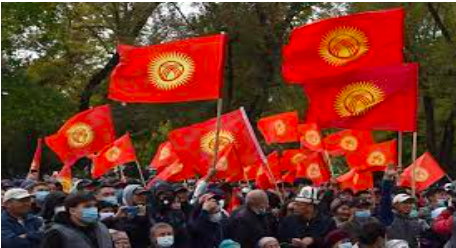Of Better Times: Women in Afghan History
Posted on : December 16, 2019Author : AGA Admin

On July 27th, 1880, a woman from the small village of Khig, named Malalai, played a major role in the battle of Maiwand during the second Anglo-Afghan war. When the tide turned against the Afghan fighters and their morale dropped, Malalai cried out:
Young love if you do not fall in the battle of Maiwand;
By God someone is saving you as a token of shame;
When the Afghan flag bearer was shot dead, Malalai used her veil as a banner to encourage the Afghan soldiers who were fighting the British. Her words revitalized the Afghan fighters and as a result, the battle of Maiwand ended in defeat for the British Army and victory for the Afghans, who were led by Ayub Khan. Sadly, Malalai was killed during this battle, but she was not forgotten. Many schools and hospitals have been named after her, and she is considered Afghanistan’s greatest heroine – she is viewed as Afghanistan’s version of Joan of Arc.
During his rule (1880-1901) Amir Abdur Rahman Khan abolished the tribal custom of forcing a woman to marry her deceased husband’s brother. He also raised the age of marriage and gave women the right to divorce only under specific circumstances. He also allowed women the right to inherit property. On November 24, 1899, Soraya Tarzi, daughter of Afghan intellectual Mahmud Tarzi, wife of King Amanullah and future Queen of Afghanistan was born. As Queen, she worked hard for women’s rights and freedoms in Afghanistan. She became one of the most influential women in the Muslim world at the time, and she helped her husband in his modernization efforts – despite major resistance from the conservative elements of Afghan society.
During his rule (119-2019) King Amanullah Khan worked with his father in-law Mahmud Tarzai, and his wife Queen Soraya to improve the lives of women in Afghanistan. He discouraged polygamy, was against the veil, as well as pushed for greater personal freedom for women. At a public function King Amanullah stated:
Religion does not require women to veil their hands, feet and
faces or enjoin any special type of veil. Tribal custom must
not impose itself on the free will of the individual.
In the early 1920s, King Amanullah’s sister, Kobra, created Anjuman-E-Himayat-E-Niswan (Organization for Women’s Protection). Her organization encouraged women to voice their complaints, as well as pushed for women unity, and fought against injustices and oppression. Another sister of King Amanullah established a hospital for Afghan women. Also, during this time, Queen Soraya founded the first magazine for women called, Ershad-E-Niswan (Guidance for Women).
(Source: https://www.afghan-web.com/women/afghan-womens-history/)




